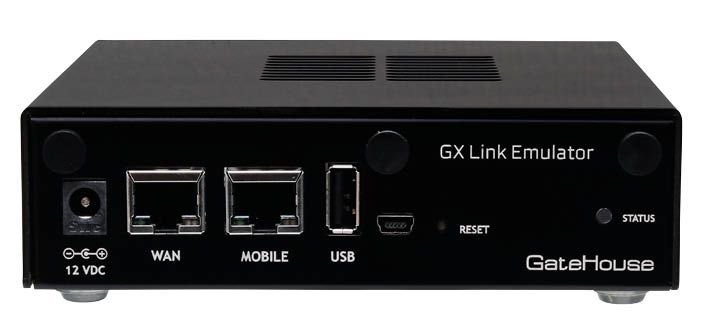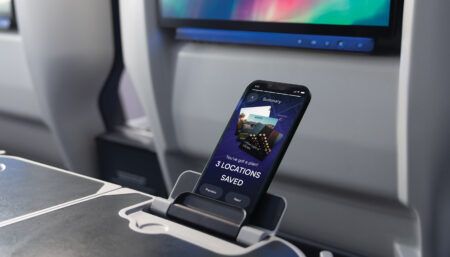GateHouse Telecom has updated its Global Xpress Link Emulator (GLE) to enable Inmarsat Global Xpress (GX) solutions to be tested on the ground. The tool emulates a Ka-band connection to enable off-air testing.
“When performing on-air testing for aircraft applications, you must bring a terminal and antenna with you on board the aircraft, and you must maintain line of sight to the satellite throughout the test,” said Svend Holme Sørensen, product manager at GateHouse Telecom.
“Furthermore, you cannot control weather conditions and expose your application to rough weather, such as thunder and rain. But with our new features, developers can emulate a flight trip and expose their solution to different challenges that may occur during a voyage. This enables an efficient way to test and document solutions response to common distortions.”
With GLE, line-of-sight is not required, enabling testing to be conducted indoors. “The new GLE features are also a valuable tool for sales situation,” said Sørensen. “Developers and resellers can set up and demonstrate their applications to potential customers indoors, for example, at tradeshows and conferences. All they need is the GLE, a laptop, internet connection and cables.”
Following the upgrade, the GLE can now imitate satellite switching and handover. “The GLE allows developers to regulate bandwidth automatically by fading profiles, which can be adjusted by fade-in and out to a given level or programmed prior to testing, to fade over time at a given average level, standard deviation and rate of change,” said Sørensen. “It all depends on the parameters the user wants to test.”
GLE can also now manipulate SNR levels to emulate poor bandwidth situations. “The new features make the GLE more flexible and able to fully emulate any situation an application might experience when used on an aircraft,” Sørensen said.
“With the GLE you can interface to a network service device (NSD), so developers can imitate a scenario that forces the application to switch between GX and BGAN. This mode can be used to test the NSD, but also all applications attached to it.”
The product also now has an open API so developers and testers have a programmable interface for automating test setup, execution, monitoring and extract of results.
June 22, 2018





